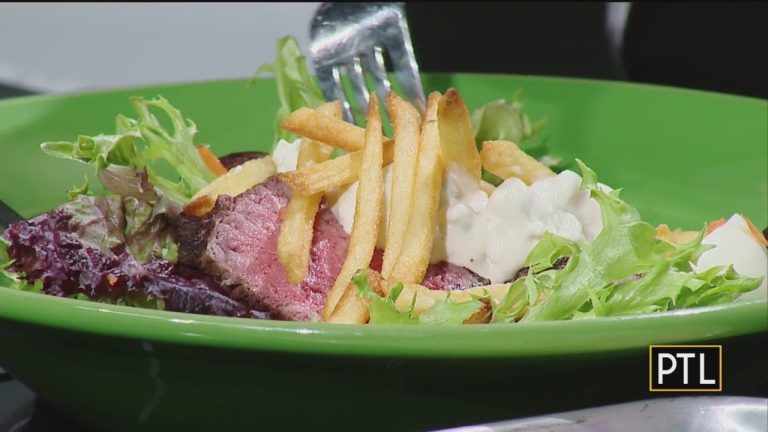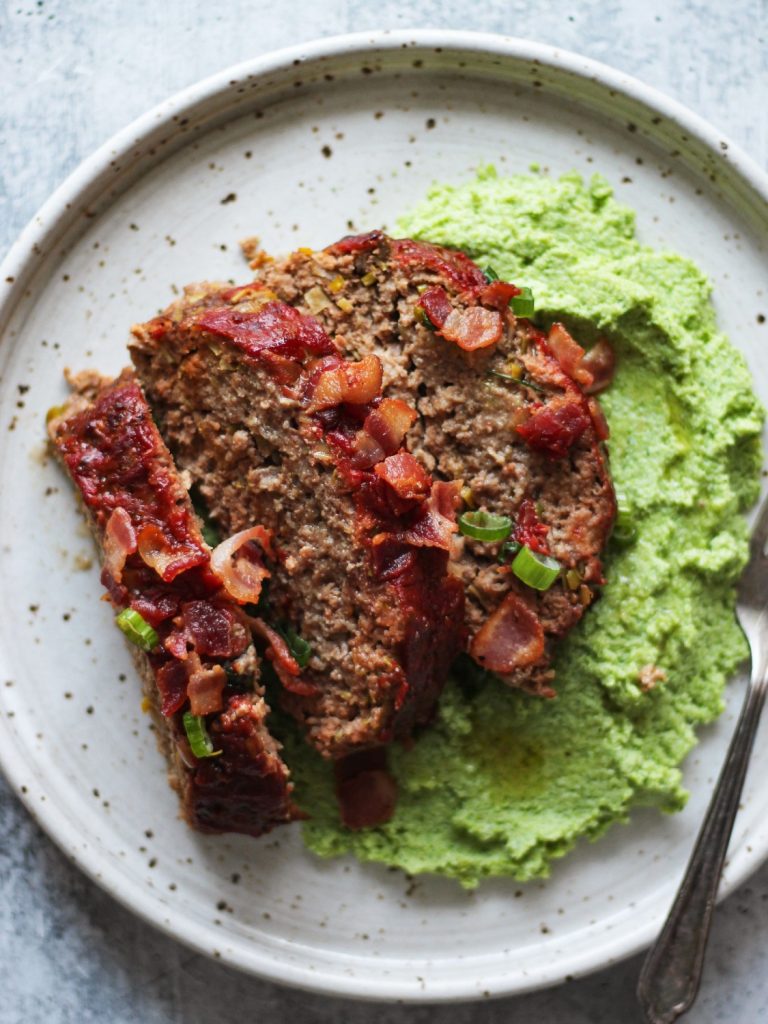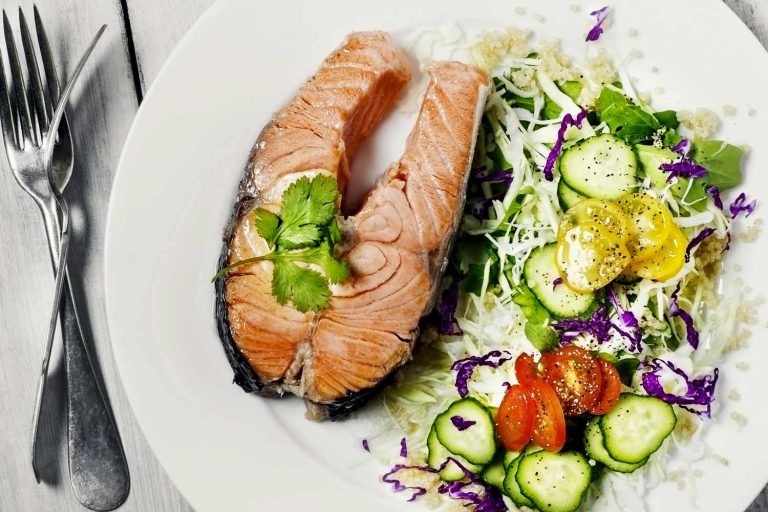Fluffy Cathead Biscuits: History, Recipe, and Flavorful Variations
Cathead biscuits trace their roots back to the Appalachians, a region rich in culinary history. Named for their size, these biscuits are roughly as large as a cat’s head. Early settlers in the South made them using basic ingredients like flour, lard, and buttermilk because these were readily available and inexpensive. Recipes have evolved, but the foundation remains the same: simplicity and heartiness.
Popularity in Southern Cuisine
Cathead biscuits have firmly embedded themselves in Southern cuisine. They’ve been a staple at breakfast tables across the South for generations, frequently paired with gravies, jams, and butters. Their large, fluffy texture distinguishes them from smaller, denser biscuits. Today, many Southern restaurants highlight Cathead biscuits on their menus, reinforcing their status as a beloved comfort food.
Key Ingredients for Cathead Biscuits
Flour Choices
Choosing the right flour is crucial for making Cathead biscuits. All-purpose flour is the preferred choice because of its balanced protein content, typically around 10-12%. This flour provides enough gluten to give structure without making the biscuits too dense. Some recipes mix all-purpose flour and cake flour to achieve a fluffier texture. It’s important to sift the flour to eliminate lumps and ensure even mixing.
Importance of Lard or Butter
Lard or butter is essential for achieving the unique, flaky texture of Cathead biscuits. Lard, derived from pork fat, imparts a rich, savory flavor and results in a flaky crumb. Butter, on the other hand, provides a slightly more delicate taste and a tender texture due to its water content which creates steam pockets as it melts. High-quality, cold fat is crucial to prevent it from melting before baking, ensuring the biscuits rise well and develop their signature texture. If you prefer a milder flavor, mixing equal parts of lard and butter can yield excellent results.
Step-by-Step Recipe Guide
Mixing the Ingredients
Start with 2 cups of all-purpose flour, 1 tablespoon of baking powder, and 1 teaspoon of salt. Mix these dry ingredients thoroughly in a large bowl. Cut 1/4 cup of cold lard and 1/4 cup of cold butter into small cubes, then use a pastry cutter to integrate the fats into the flour mixture until it resembles coarse crumbs. Pour in 1 cup of buttermilk slowly, mixing just until the dough begins to come together. Avoid overmixing to prevent tough biscuits.
Baking Tips for the Perfect Texture
Preheat your oven to 450°F. Line a baking sheet with parchment paper. Use your hands to form dough balls that are roughly the size of a cat’s head, around 3 to 4 inches in diameter. Place them on the baking sheet, ensuring they are close but not touching. Bake the biscuits for 12-15 minutes until they are golden brown and cooked through. For an extra crispy top, brush the tops with melted butter as soon as they come out of the oven. Allow them to cool for a few minutes before serving.
Variations of Cathead Biscuits
Adding Herbs and Spices
Incorporate herbs and spices to enhance the flavor profile of Cathead biscuits. Adding dried rosemary, thyme, or sage imparts an earthy taste. Sprinkle in garlic powder or onion powder for a savory twist.
- Dried rosemary: Offers a pine-like aroma.
- Thyme: Provides a subtle, minty flavor.
- Sage: Adds a warm, peppery note.
- Garlic powder: Delivers a mild, garlicky flavor.
- Onion powder: Contributes a sweet, savory depth.
Using fresh herbs, such as finely chopped parsley or chives, introduces a vibrant, fresh element. Mix herbs and spices directly into the dry ingredients for an even distribution.
Sweet Vs Savory Options
Create sweet or savory Cathead biscuits by adjusting the ingredients. For a sweet version, add sugar or honey to the dough.
- Sugar: Use 2-3 tablespoons.
- Honey: Add 2 tablespoons for a touch of natural sweetness.
Mix-ins like cinnamon or nutmeg enhance the sweetness and aroma. Serve sweet biscuits with fruit preserves, whipped cream, or chocolate hazelnut spread.
Savory Cathead biscuits benefit from ingredients like shredded cheese, crumbled bacon, or chopped jalapenos.
- Shredded cheese: Incorporate 1 cup of cheddar.
- Crumbled bacon: Use 1/2 cup of cooked, crumbled bacon.
- Chopped jalapenos: Add 1/4 cup for a spicy kick.
Serve savory biscuits with gravies, scrambled eggs, or sliced ham for a complete meal.
Serving and Pairing Suggestions
Traditional Pairings
Cathead biscuits pair impeccably with classic Southern dishes. Serve them with fried chicken, collard greens, or black-eyed peas. Spread butter and honey over warm biscuits for a delightful breakfast. Use them as a base for sausage gravy, creating a satisfying meal. Enjoy alongside jam, preserves, or molasses for a traditional Southern touch.
Modern Twists
Modernize Cathead biscuits with creative pairings. Make slider sandwiches using smoked brisket, pulled pork, or fried green tomatoes. Incorporate avocado slices and poached eggs for a contemporary brunch option. Pair with savory soups like tomato basil or hearty stews for a comforting lunch. Experiment with gourmet cheeses and artisanal charcuterie for a sophisticated appetizer spread.
Conclusion
Exploring the world of Cathead biscuits opens up a delightful journey into Southern cuisine. With their fluffy texture and versatile nature, these biscuits can be adapted to suit any palate. Whether you prefer them traditional or with a modern twist, there’s a version for everyone. Experiment with different ingredients and pairings to create your perfect Cathead biscuit experience. Enjoy the process and the delicious results!






